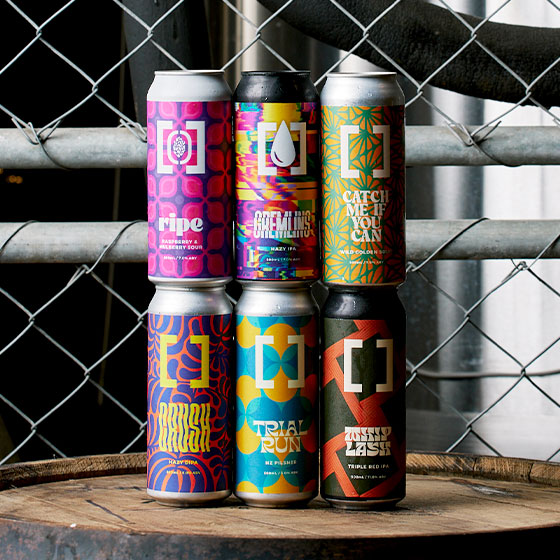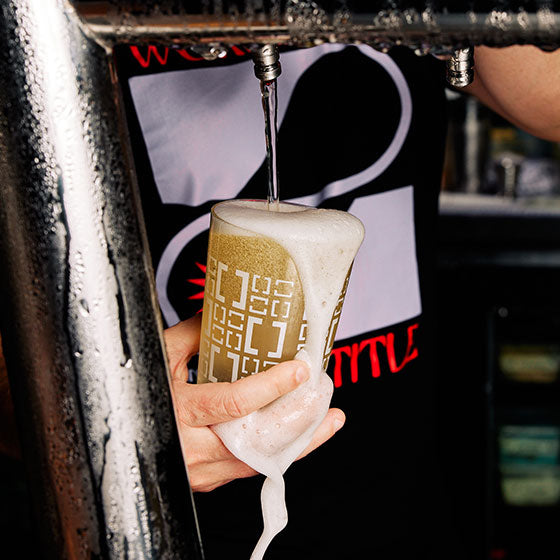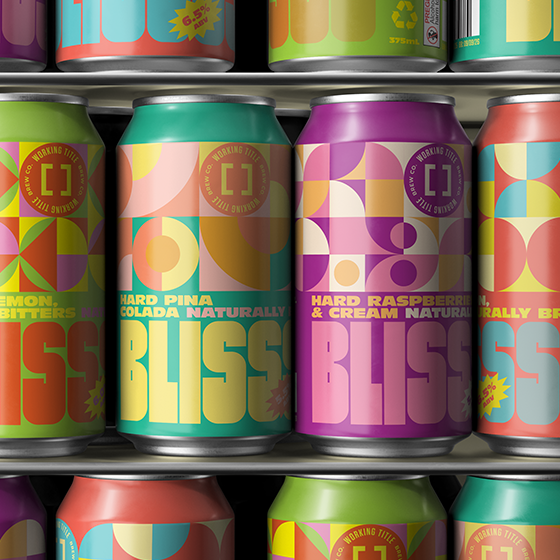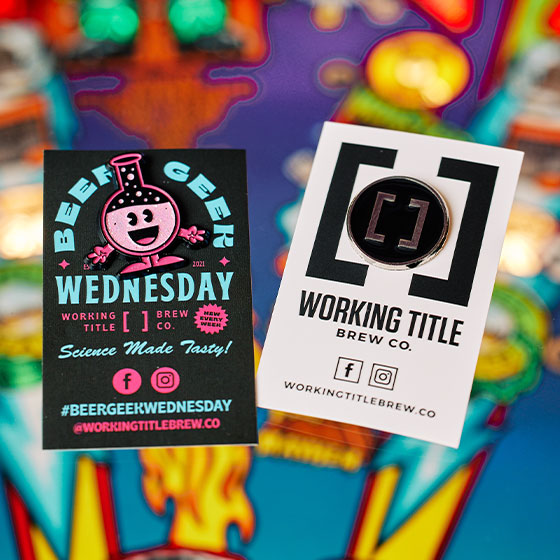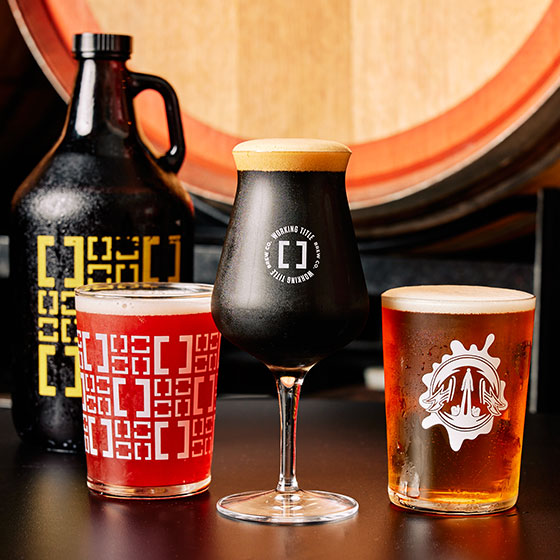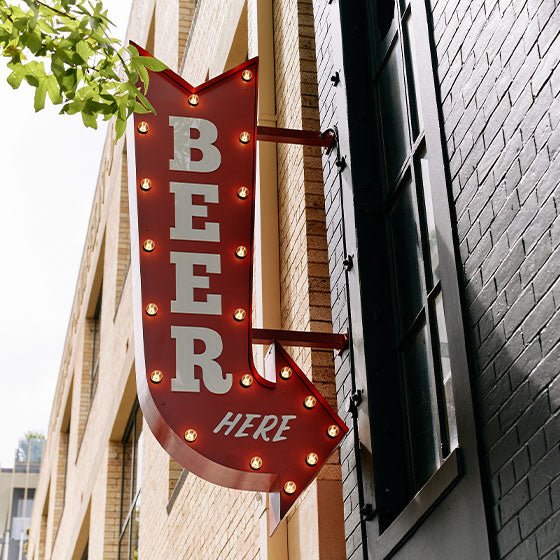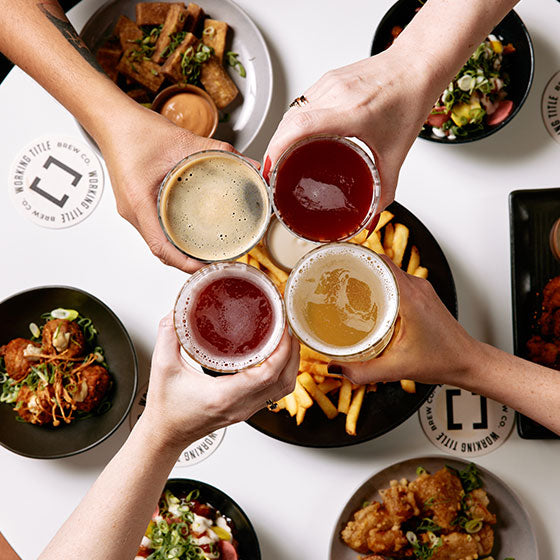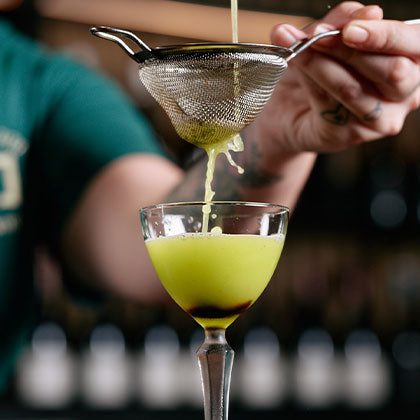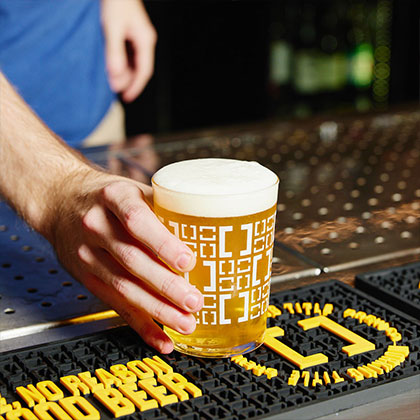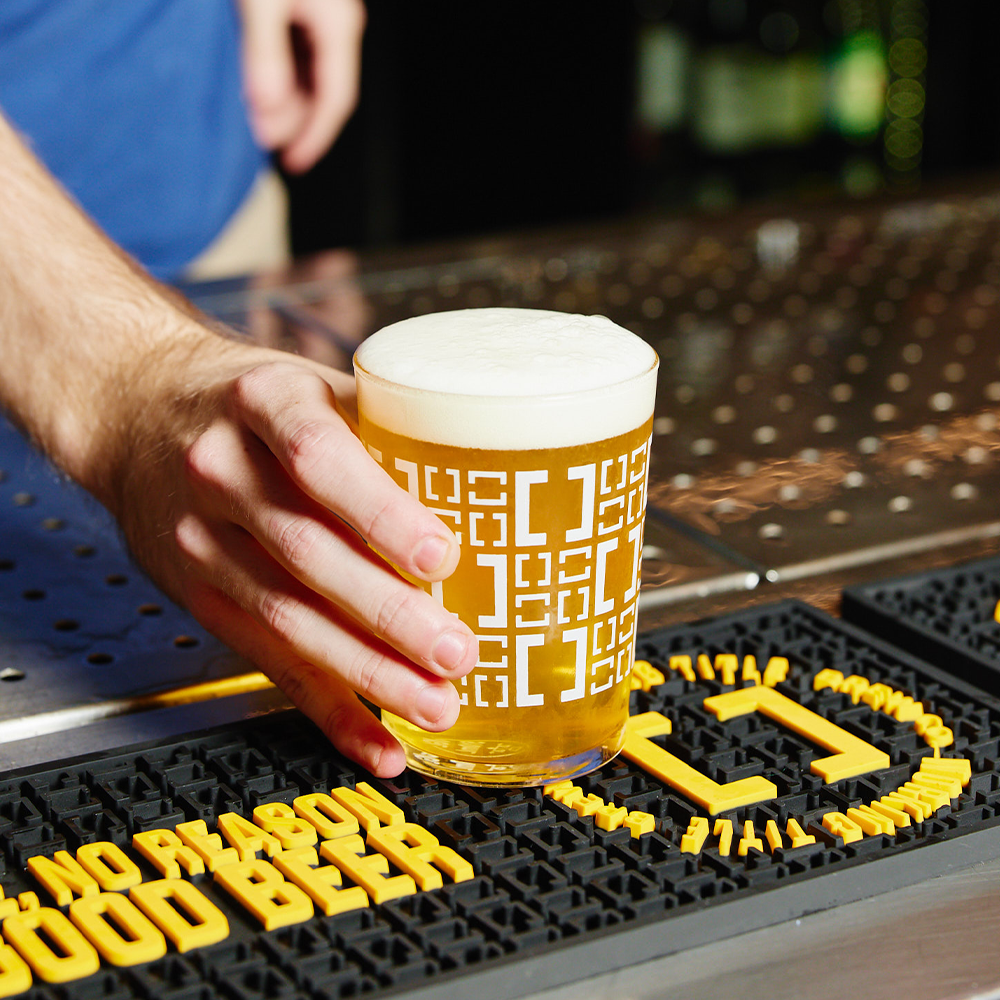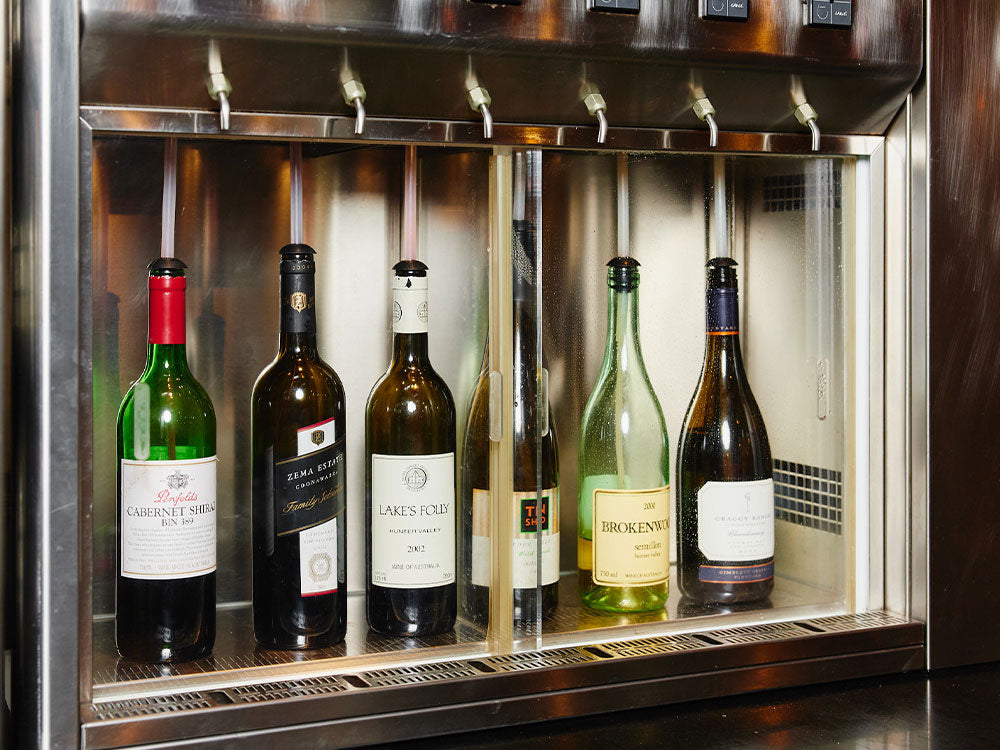This week we’ve nailed the whole “pride comes before a fall” rigmarole as the shit-eating grins on a couple old Westie farts was wiped clean, with some bloody chill haze. Imagine that, banging on about being the kings of clear, only to have yer little trumped up birthday, flaccid filter Westie showcasing the finest of haze.
Haze in beer really comes down to one of four components; yeast, carbohydrates, proteins and/or polyphenols. Brewers go to extraordinary lengths to attain specific levels of clarity, haze, colloidal haze, hazy haze, f-boi haze, dry-hop haze, starch haze, mulberry haze, bio-haze, and microbial haze. Famously, James Squire will cold filter, at some ridiculously small size, their Pale, just to add back bio-haze, a yeast extract derived complex, at a cost of millions of dollars pa, just to achieve a slight, stable haze that has zero contribution to flavour.
Leaving yeast and carbohydrates to the side, haze in most finished beers comes down to proteins, polyphenols and complexes of the two. The interactions between negatively charged proteins and … negatively charged polyphenols creates mega complexes that precipitate in solution due to their high molecular weight. The double negative thing threw me for a second, like a molecular Working Title board meeting, but it would seem that the answer lies in hydrogen bonds. Honestly, I eked out old Zumdahl last night, from the garage, to relive 2nd year Organic Chem for this one. What a time. Hydrogen bonds are very weak interactions that can be easily broken. Explaining why chill haze in beer is evident at 1oC but disappears at Room Temp. So the more haze positive proteins and polyphenols you have in your beer, the ones that love a good old hydrogen bond, the more complexes you make and the more chill haze you get.
Reducing haze, prior to or in lieu of filtration, focuses on removal of haze forming proteins and polyphenols. Protein removal can be achieved by (a) a mash rest at 40oC, (b) a rigorous boil with good evaporation, (c) kettle finnings such as silica gel, (d) dumping of cold break upon rapid chill back (e) more than 7 days cold conditioning (e) rice lagers. Polyphenol removal relies mostly on adding PVPP during the boil and being conscious of how much dry hop you use, like a chump.
Look, for little try hard breweries like us, with the 20gL dry hop regime we have and the number of times I forget to add Brewbrite (a PVPP and silica wunderdrug) to the boil because Luke is incessantly pontificating about bitcoin or HDMI cables or some crap, it’s no wonder we’ve become the kings of khaze. We’ve made a modern westie that you’ll all love because of the hops and polyphenols and shutup.

